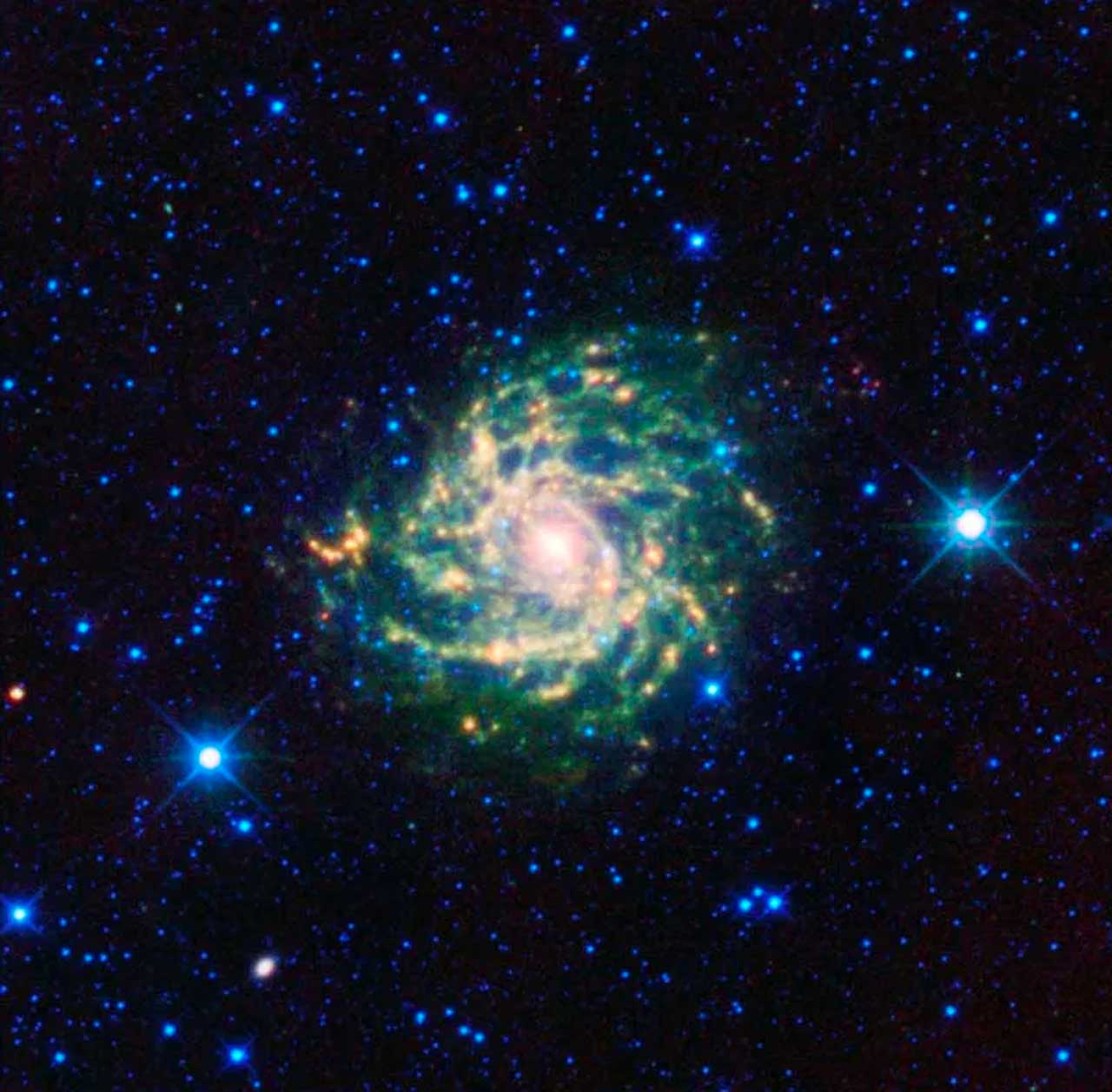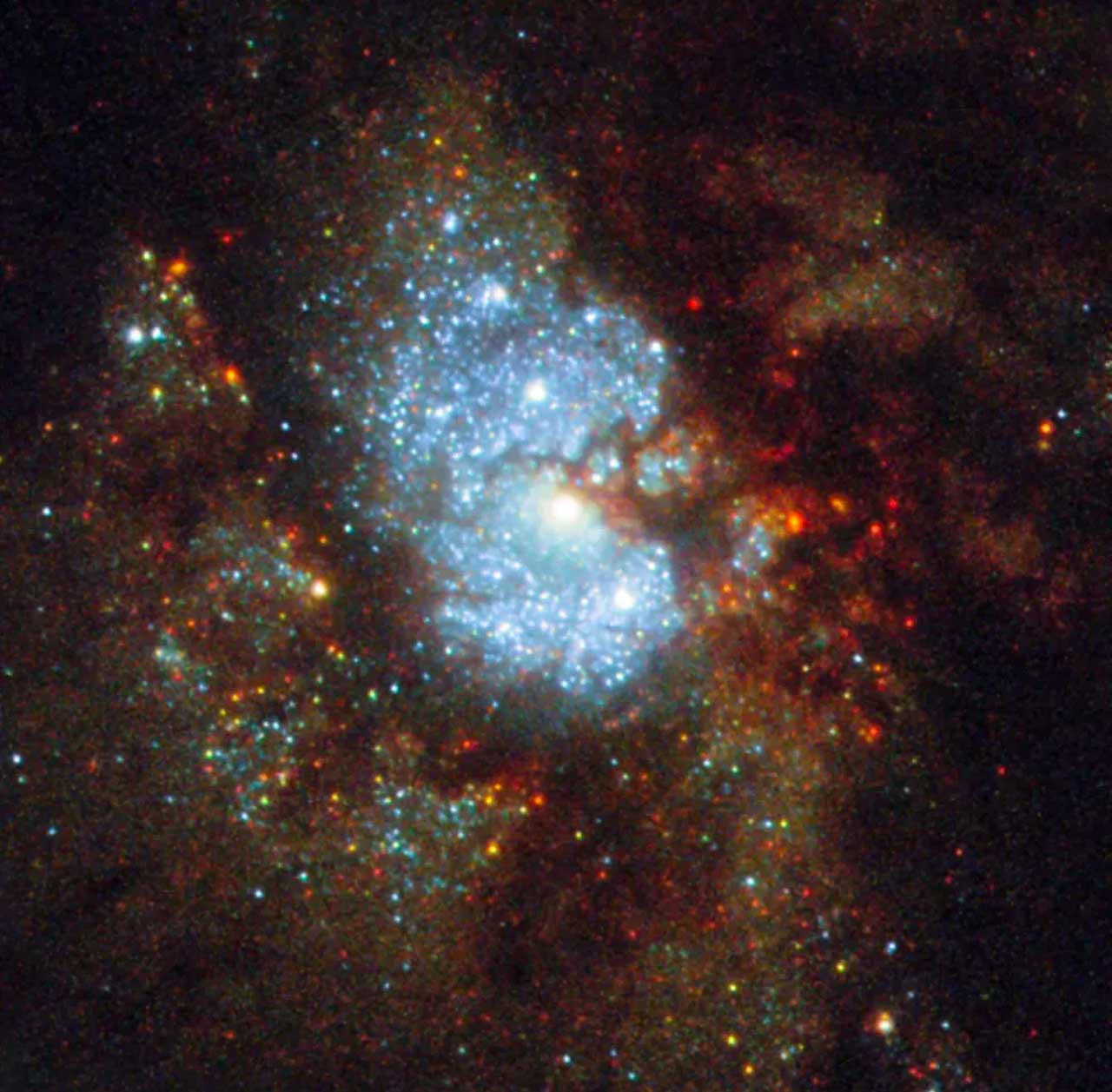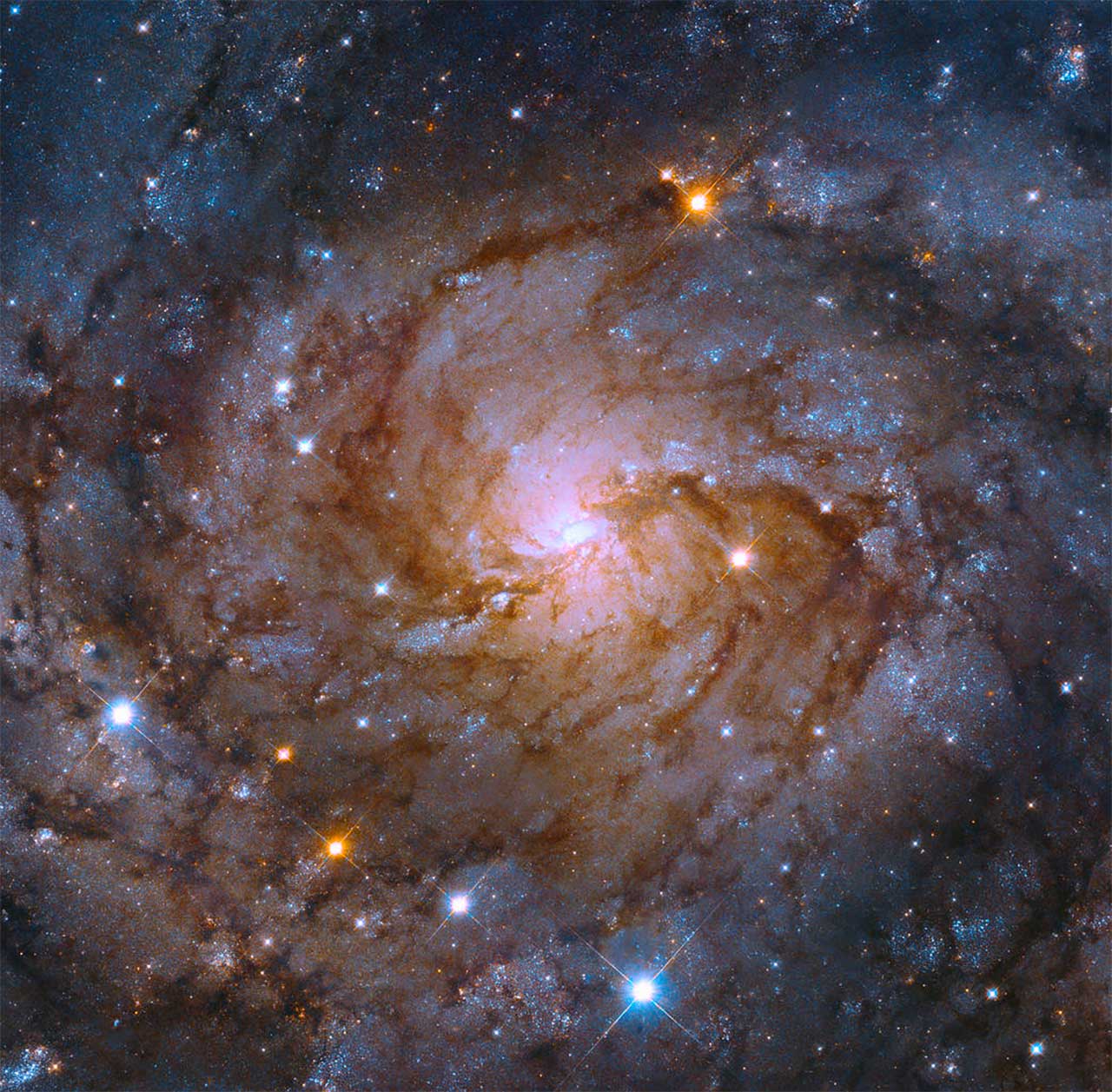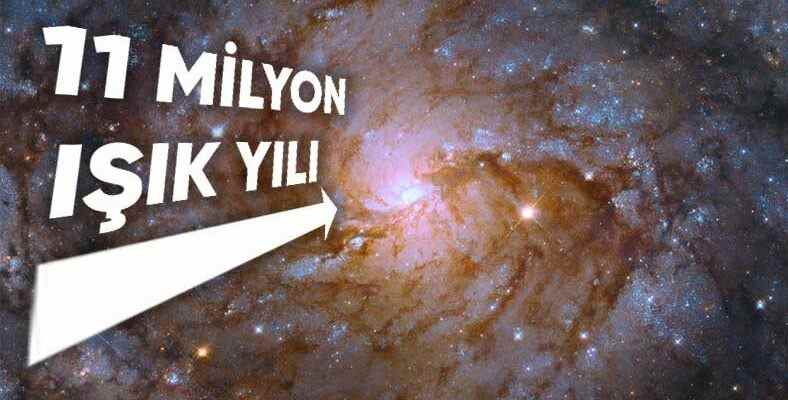If we are in a suitable environment, a galaxy located behind the Milky Way Galaxy, which we can see even with the naked eye when we look at the sky at night, has been re-imaged. Orbiting about 550 kilometers from Earth, the Hubble Distant Telescope has captured the clearest ever picture of the galaxy ‘hidden’ 11 million light-years away, behind the stunning beauty of the Milky Way.
It’s hard to even see the stars at night in a light-filled city centre, but when you get away from this noise of light, our skyscape is brimming with more stars than ever before. If you’re lucky, you might even see a slightly pinkish image of the Milky Way Galaxy, made up of huge clouds of dust and gas. However, space telescopes thanks to high technology It also reveals beauties that we cannot see with the naked eye.
The most well-known of these space telescopes is the one, which was sent in 1990 and has since allowed us to get to know the nearby universe better than ever before. Hubble Space Telescope‘Stop. Nearly every photo of nebulae, galaxies and stars you’ve seen so far is from Hubble, excluding images from the James Webb telescope that will replace it, sent in 2021. Just as you will soon see…
Meet the Caldwell 5 galaxy, hidden behind the Milky Way and 11 million light-years from Earth…
Hubble Space Telescope @NASA, May 2022
Observations have revealed the existence of the Caldwell 5 galaxy before, and even its image was captured thanks to Hubble. As a matter of fact, previous images have never been so clear. From the world 11 million light years away calculated galaxy. Its diameter is 50,000 light years. was calculated as. That’s almost half the size of the Milky Way.
The fact that the Caldwell 5 is so far away may sound exaggerated. But don’t be fooled, because according to NASA, it would be one of the brightest objects in the sky without the epic dust and gas nebulae of the Milky Way among us. Just like our galaxy, Caldwell 5 has a spiral structure. in the next few million years It is estimated that it will be the place of formation of thousands of stars.
The first photo of the galaxy taken in 2010:

Hubble Space Telescope @NASA, April 2010
His second photo taken in 2017:

Hubble Space Telescope @NASA, July 2017
The nearsighted eyes of humanity are gradually opening up, what do you think? For those who want to look again, the last photo dated May 2022:

Hubble Space Telescope @NASA, May 2022
If you want to make a wallpaper, you can find a relatively higher quality version from NASA.
